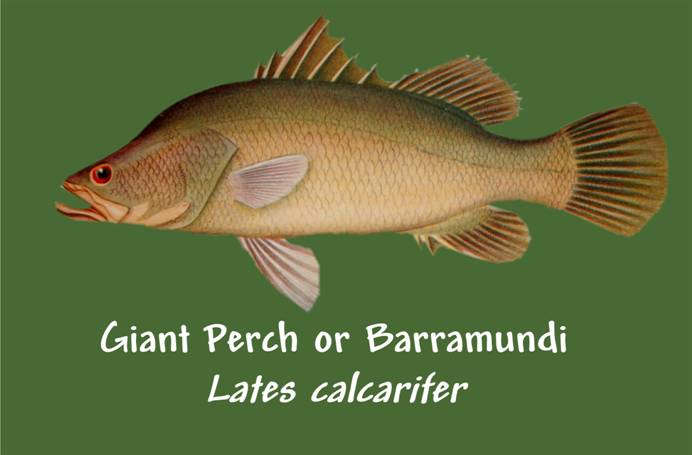Geoffrey,
With all due respect (as a lawyer,
Geoffrey, you will know what follows next), the trivia question was
indeed a cock-up, not to mention the answer proffered. M’lud, I
would submit that the learned colleague from chambers in Upper Narrabundah –
and the court’s attention is drawn to the proximity of Rocky Knob
to this location, not to mention the adjectival extravagance of the suburban descriptor
– is confused as to the jurisdiction of this particular court. COG
is not CPD; for the uninitiated, the Court of Ornithological Geography is not
the Court of Piscine Distribution . Methinks, my learned colleague has overstepped
the bounds of ornithological intellectual pursuit. But then it just goes to
show that the exception proves the rule that great minds do not think alike...
From: Geoffrey Dabb [
Sent: Friday, 11 July 2008 10:45 AM
To:
Subject: [canberrabirds] Trivia question - it's a cock-up
The question was: Which species has a natural range
from India (where large numbers are raised in captivity) to Japan, and south
through Indonesia to New Guinea and Northern Australia?
Benj gave a learned summary of the
affinities of different finch groups and Julian Teh and Shaun B also explored,
knowledgeably, the finchy options. Muriel Brookfield was very wary about
the whole question, sniffing the air for possible danger. [That reminds
me. I don’t think I reported on the Great Peafowl-trapping
Experiment. A couple of amiable rangers set up a trap at the base of the
roosting tree, a great construction of gauzy fabric. The wily pavids
would have none of it, scowling at the device from a few metres away before springing
into the air to fly over it to their roosts in the upper branches. All 12
are still at large.]
Here is the answer:

Despite its local reputation as
a distinctively Australian animal, practically the national dish, this
‘Barramundi’ (there is another herring-related species of the same
name) is widespread in SE Asia. The Encyclopedia of Indian Natural
History says ‘Among the estuarine perches, Lates calcarifer is
undisputedly the most popular food fish in the Indian subcontinent ...’.
I have a little book, The
Best of Thai Seafood, which says: ‘Sea perch is pla kapong
khao, Lates calcarifer, which is also called cock-up, barramundi, giant
or silver sea perch, and two-finned or white sea bass in English’.
The Northern Territory Acting
Minister for Primary Industry and Fisheries recently issued a media release
declaring that “The barramundi is as Australian as Vegemite and meat
pies, and something must be done to protect its iconic status”. The
new official name for a barramundi is ‘Barramundi’. However,
the acting NT minister wants imported barramundi to be labelled instead with
the name it bears in its country of origin, such as ‘Asian sea
bass’ or whatever. We need to get Christidis & Boles to speak
to this bloke. He is swimming in the opposite direction to all those
people working to reduce the confusion caused by different names for the
same thing.
Another name for Lates
calcarifer, occasionally met with, is ‘Cock-up’. This
came from the Malay ‘Kakap’, being, apparently, a name for any
large fish in Indonesia, Malaysia etc. However ‘Cock-up’ is
not mentioned in the new standard list even as an obsolete name. In the
Macquarie, a ‘cock-up’ is defined as ‘a totally mismanaged
event’, hence ‘Giant Cock-up’ is quite likely to deter the purchaser
who sees that label on a tray of fillets at the Fyshwick More-or-less Fresh
Food Markets. Just what the NT government wants, I
suppose.
No virus
found in this incoming message.
Checked by AVG - http://www.avg.com
Version: 8.0.138 / Virus Database: 270.4.7/1546 - Release Date: 11/07/2008 6:47
AM

